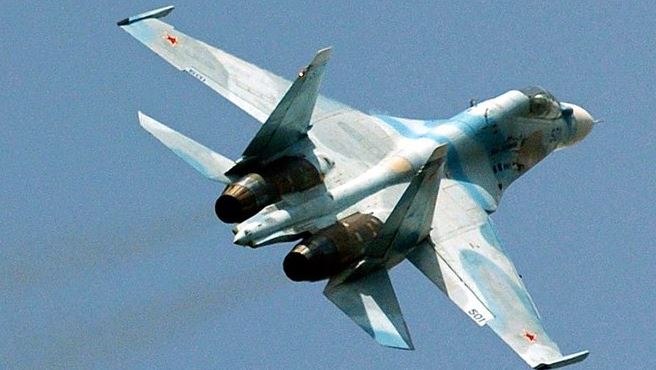Japan has strongly condemned the violation of its airspace by a Chinese military reconnaissance plane, labeling the incident as “utterly unacceptable.” This follows the scrambling of Japanese fighter jets and the summoning of a Chinese embassy official in Tokyo to protest the breach.
The incident occurred on Monday when a Chinese Y-9 reconnaissance plane was detected at 11:29 AM local time (02:29 GMT) circling above the Danjo Islands, located off the southwestern coast of Japan’s Kyushu island. The plane reportedly entered Japanese airspace for two minutes before being warned off by Japanese fighter jets.
Also Read: Russia’s Saratov Airport Rescinds Flight Restrictions Following Ukrainian Drone Attack
Japan’s Ministry of Foreign Affairs swiftly responded by summoning acting Chinese Ambassador Shi Yong to lodge a formal protest and demand preventive measures to avoid future violations. Chief Cabinet Secretary Yoshimasa Hayashi expressed Japan’s ongoing concerns, stating that the airspace breach was “not only a serious violation of Japan’s sovereignty but it also threatens our security.”
This incursion marks a significant escalation, as it is the first known instance of a Chinese military aircraft violating Japanese airspace. Japan’s defense officials are increasingly alarmed by growing military cooperation between China and Russia, as well as China’s assertive activities around Japanese waters and airspace.
Japan’s military reported that it scrambled jets nearly 669 times between April 2023 and March 2024, with approximately 70 percent of those incidents involving Chinese aircraft, though this figure does not include actual airspace violations.
The Chinese embassy in Tokyo has not yet commented on the incident, and there were no questions about the airspace breach at Monday’s foreign ministry press conference.
According to Japan’s Ministry of Defense, the Chinese aircraft, identified as a Shaanxi Y-9DZ electronic surveillance plane, deviated from its search pattern over open water to enter Japanese airspace near the Danjo Islands. The incursion lasted only two minutes before the aircraft turned south and exited the area. No weaponry was used during the transit.
Speculation suggests that the Chinese aircraft may have been conducting surveillance on Japanese military activities or monitoring the joint U.S.-Japanese naval base at Sasebo. The incident coincided with a massive amphibious warfare drill, Exercise Ssang Yong 24, involving the U.S. Marine Corps, U.S. Navy, and South Korean military in the Sea of Japan. The exercise, featuring over 40 warships, is the largest of its kind since being relaunched in 2023.
Japan’s government has reiterated its commitment to monitoring Chinese military activity closely and is fully prepared to respond to any future airspace violations.



